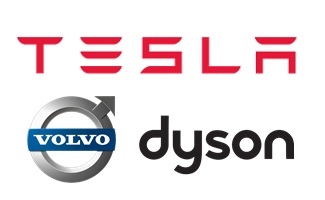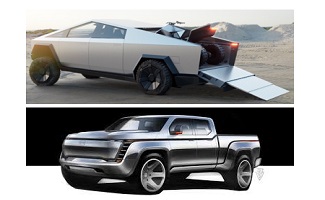
eResearch | On August 18, 2019, in an effort to revive the sagging fortunes of their solar business, Elon Musk, CEO of Tesla, Inc. (NASDAQ: TSLA), announced that the Company would offer the option of renting solar rooftop systems to customers as its renewable business line has continued to lose revenue for the past three years.
Tesla entered the renewable energy industry in 2016 when it acquired SolarCity for US$2.6 billion, with a strategy to leverage Tesla’s brand and battery technology, and market SolarCity’s products through Tesla’s show rooms.
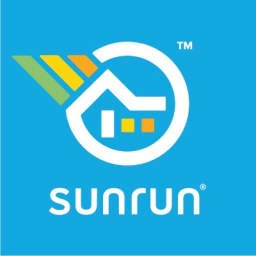
The Company’s go-to-market strategy failed, so then they tried to attract customers by lowering pricing through reducing expenses and selling online. Customers did not flock to the website, which resulted in a decrease in solar product installations in Q2/2019 by 65%, year-over-year, to 29 megawatts (MW). In comparison, SolarCity installed 870 MW of solar capacity in 2015, right before being acquired by Tesla.
The current demand for residential solar panels is niche as renewable options for homes are new but according to Zion Market Research, the global solar panel industry is expected to grow to US$57.5 billion, at a CAGR of 10.9% between 2017 and 2022. The stimulus for the increase in spending within the industry comes from the availability of government incentives for the adoption of renewable energy products and the increasing use of electric vehicles.
Several competitors have taken advantage of the customers that Tesla is failing to reach and many have already surpassed the Company in the amount of MW of solar deployed in 2019. Companies such as Sunrun Inc. (NASDAQ: RUN), Vivint Solar (NYSE: VSLR), and SunPower Corporation (NASDAQ: SPWR) are taking 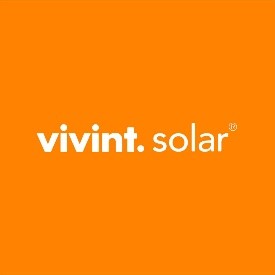 advantage of Tesla’s lack of execution but the solar business is capital intensive causing most companies to be heavily indebted.
advantage of Tesla’s lack of execution but the solar business is capital intensive causing most companies to be heavily indebted.
Sunrun, the largest U.S. residential solar installer, provides leased or financed solar panels, reported in their Q2/2019 earnings that their solar panel deployment increased by 13% to 103 MW year-over-year, driving US$204.6 million in revenue. Even though Sunrun is beating Tesla in MW of solar panels deployed, due to increased investments in sales and marketing, they reported a net income loss of US$1.3 million with its long-term debt reaching US$1.7 billion.
In Q2/2019 Vivant, the second largest U.S. residential solar company, reported an increase in solar deployed by 9% to 56 MW year-over-year, driving US$90.8 million in revenue. Nevertheless, Vivant is also losing money and is debt heavy, with a net income loss of US$28.6 million and long-term debt of US$1.3 billion.
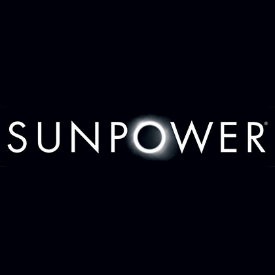 SunPower, an U.S. energy company that designs and develops solar panels in addition to its main product, crystalline silicon photovoltaic cells, reported 622 MW of solar deployed in Q2/2019, driving US$436.2 million in revenue which beat management’s forecasts and analysts’ estimates. Unlike competitors, SunPower is profitable with US$121.3 million in net income with only US$102.3 million in long-term debt.
SunPower, an U.S. energy company that designs and develops solar panels in addition to its main product, crystalline silicon photovoltaic cells, reported 622 MW of solar deployed in Q2/2019, driving US$436.2 million in revenue which beat management’s forecasts and analysts’ estimates. Unlike competitors, SunPower is profitable with US$121.3 million in net income with only US$102.3 million in long-term debt.
As countries become more environmentally conscious, renewable energy companies are competing to take lead in the industry, but high costs of goods and high costs of sales & marketing are creating difficult hurdles. It will be interesting to see if Tesla’s solar panel renting strategy will be able to take back some market share.
// August 21 2019 Update //
On August 20, 2019 Walmart Inc. sued Tesla due to “widespread negligence” as seven of Walmart’s retail locations reported fires from their solar systems deployed by Tesla. The court was asked to force Tesla to remove all their solar products from over 240 Walmart retail stores.
Walmart first became a client of SolarCity in 2010 before its acquisition by Tesla, and over six years have installed 244 of its store rooftops with solar panels as it plans to source 35% of its electricity from renewable energy by 2020.
//
Tesla, Inc. (NASDAQ: TSLA)
- Headquartered in California, United States, Tesla is an automotive and energy company that specializes in electric vehicles, as well as solar panels through their subsidiary, SolarCity.
- TSLA currently trades at US$225.81 per share with a market capitalization of US$40.4 billion.
Sunrun Inc. (NASDAQ: RUN)
- Headquartered in California, United States, Sunrun is a residential solar energy company that offers lease and financing agreements for solar panel installation, maintenance, monitoring and repair.
- RUN currently trades at US$15.90 per share with a market capitalization of US$1.8 billion.
Vivint Solar (NYSE: VSLR)
- Headquartered in Utah, United States, Vivint is a residential solar energy company that designs solar panels in addition to installing and maintaining photovoltaic systems.
- VSLR currently trades at US$8.55 per share with a market capitalization of US$1 billion.
SunPower Corporation (NASDAQ: SPWR)
- Headquartered in California, U.S., SunPower is a solar energy company that designs and manufactures crystalline silicon photovoltaic cells and solar panels based on technology invested at Stanford University.
- SPWR currently trades at US$13.67 with a market capitalization of 1.9 billion.
//


